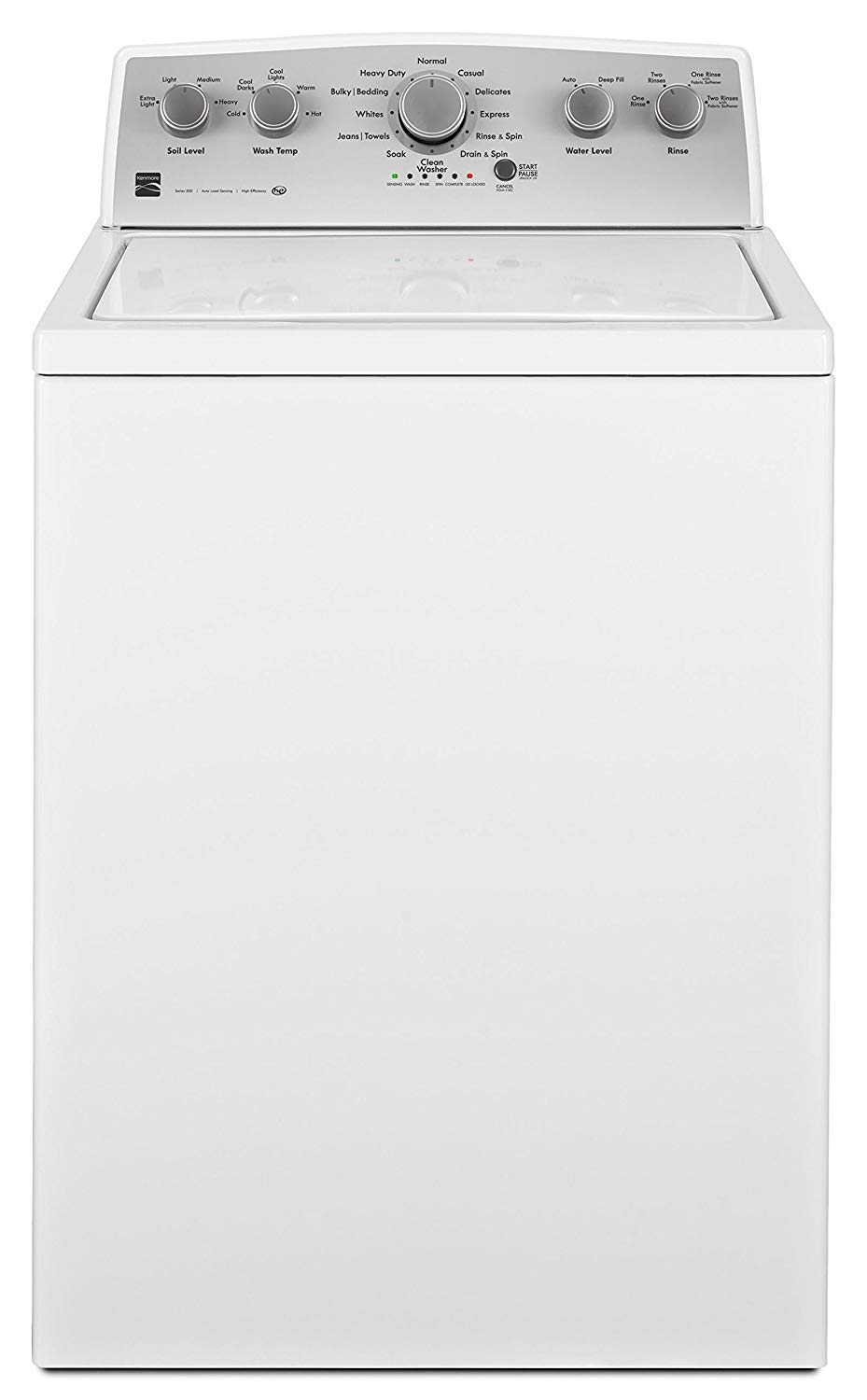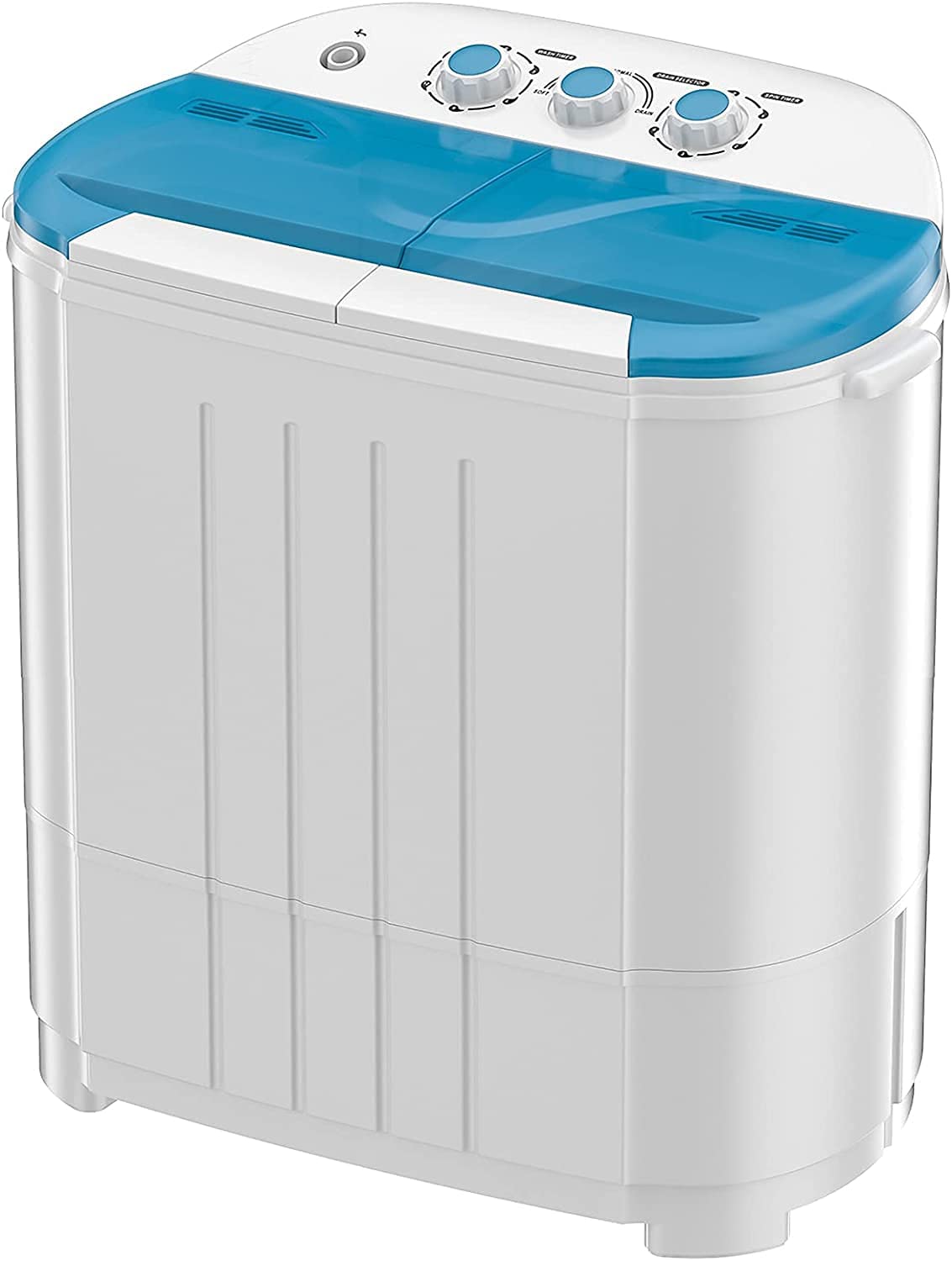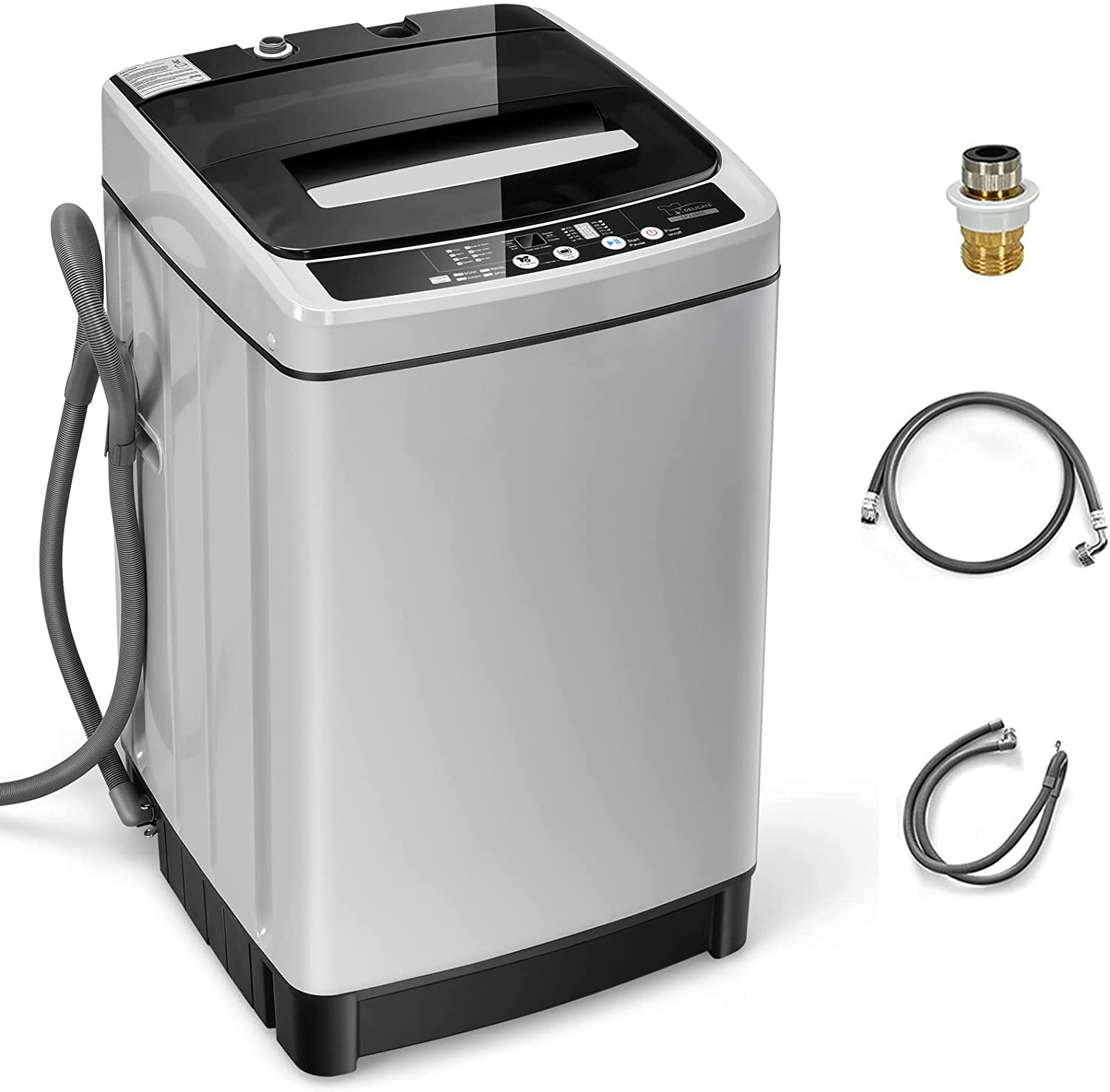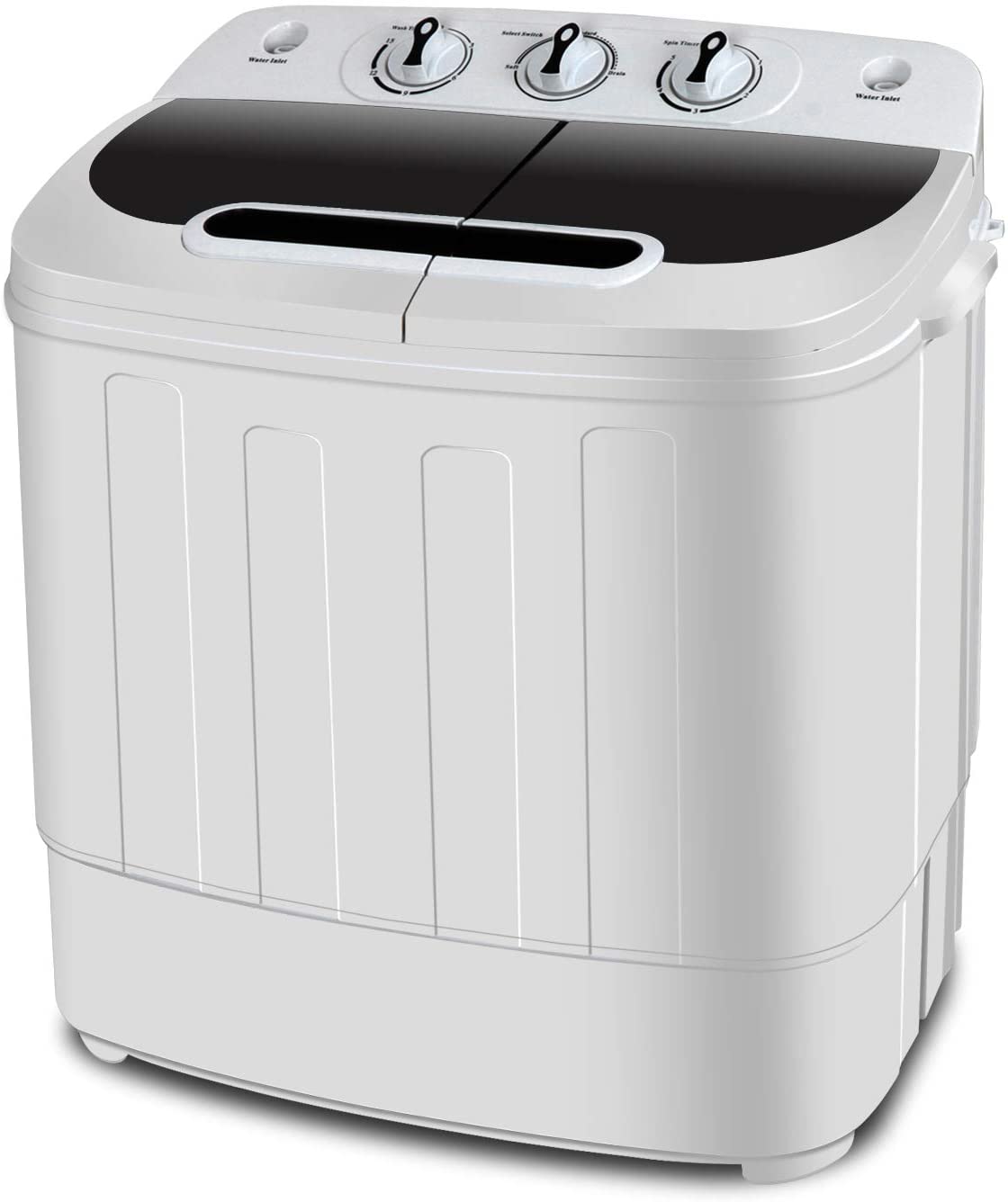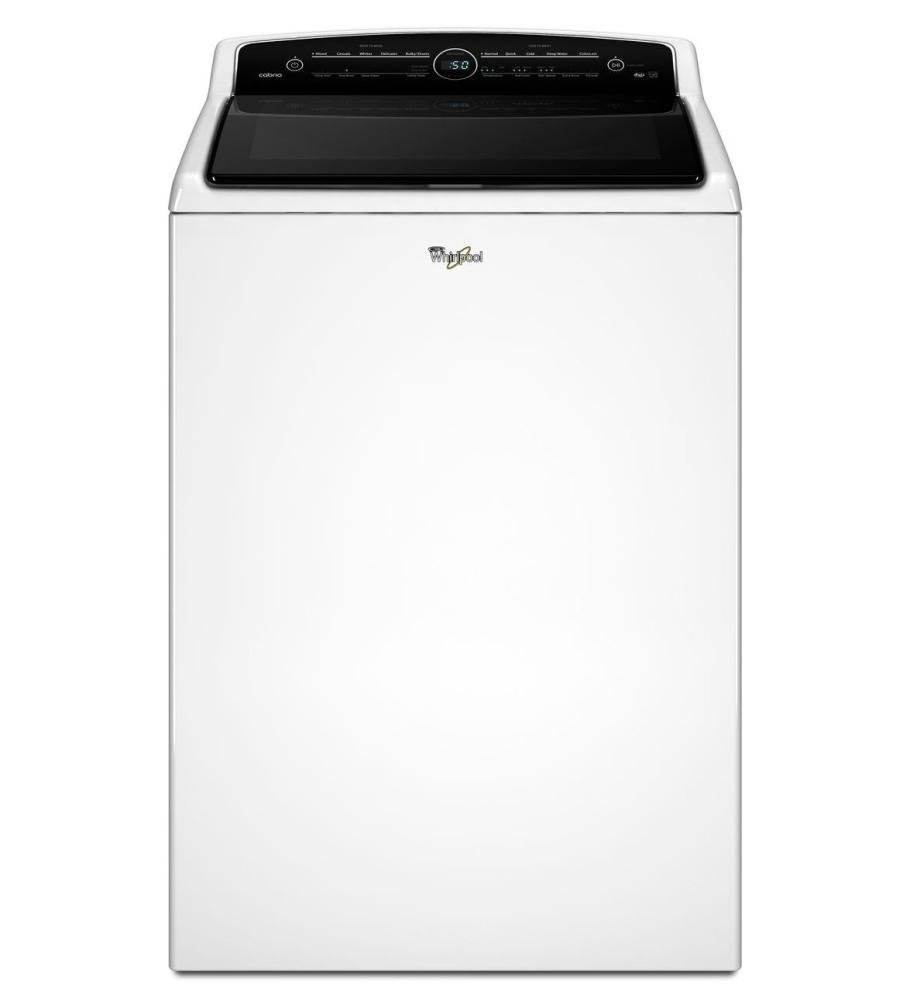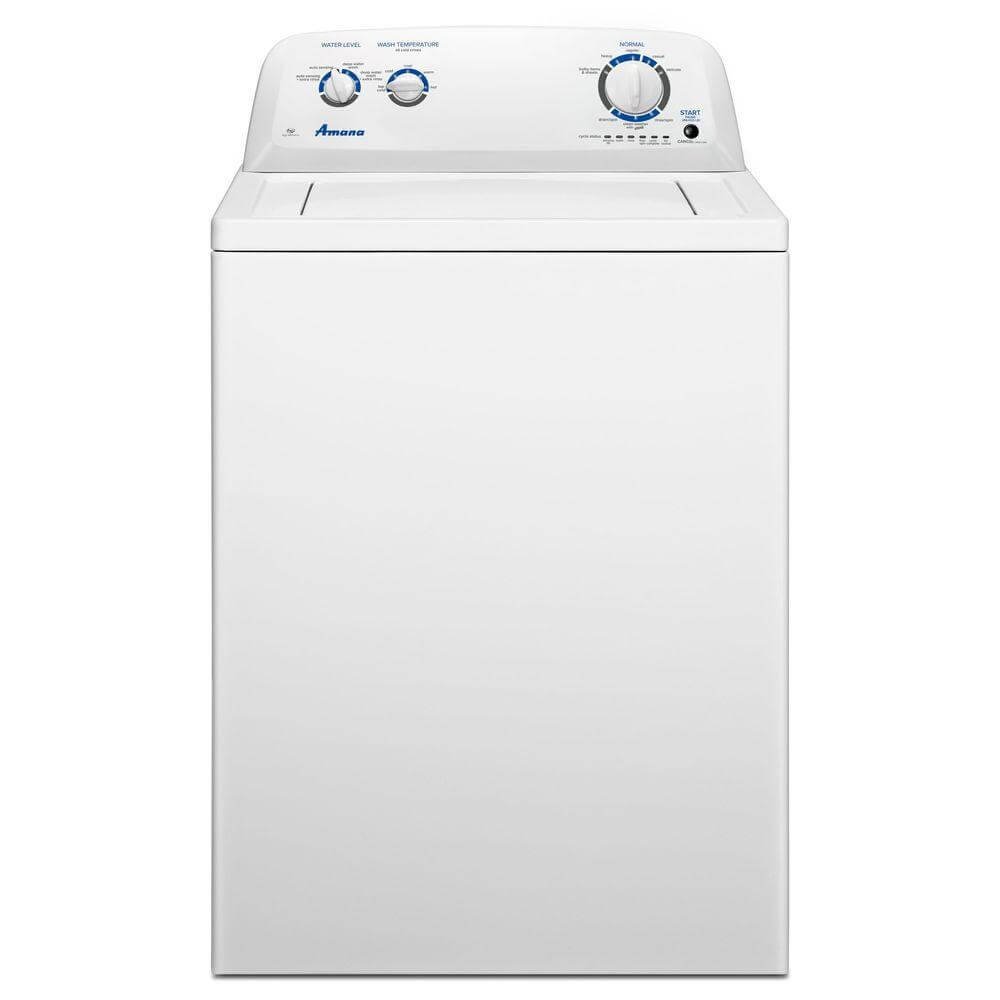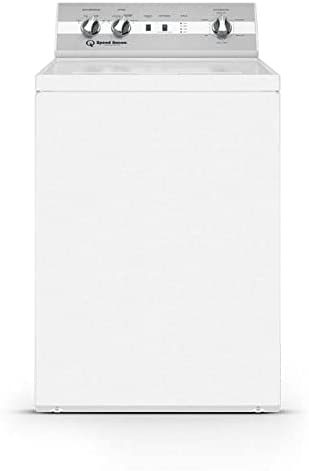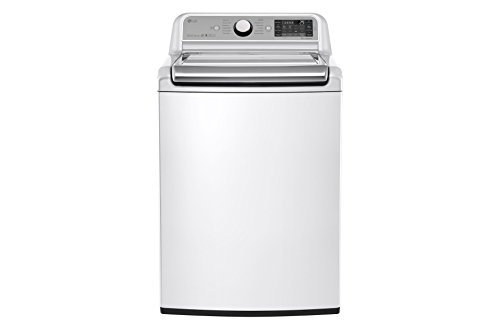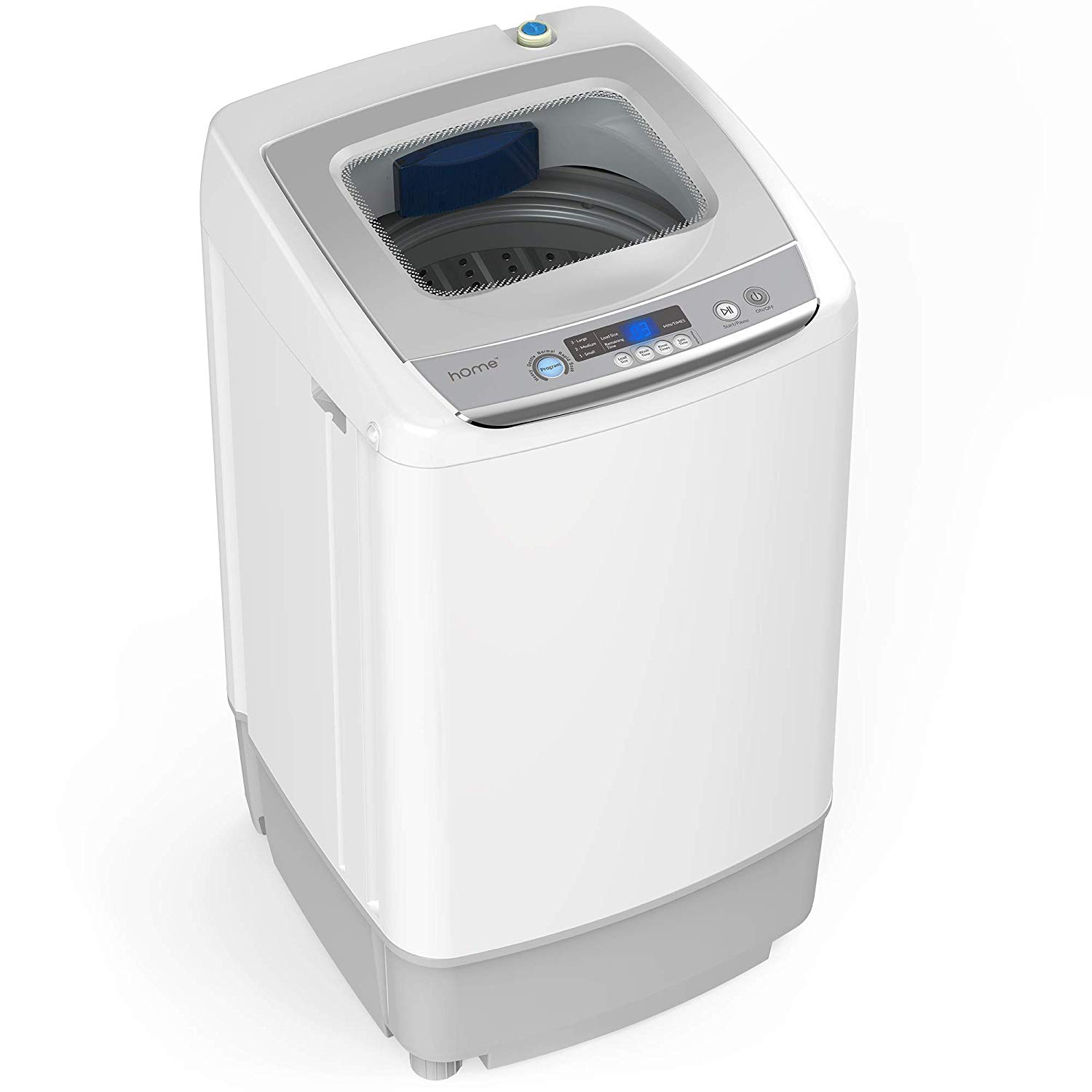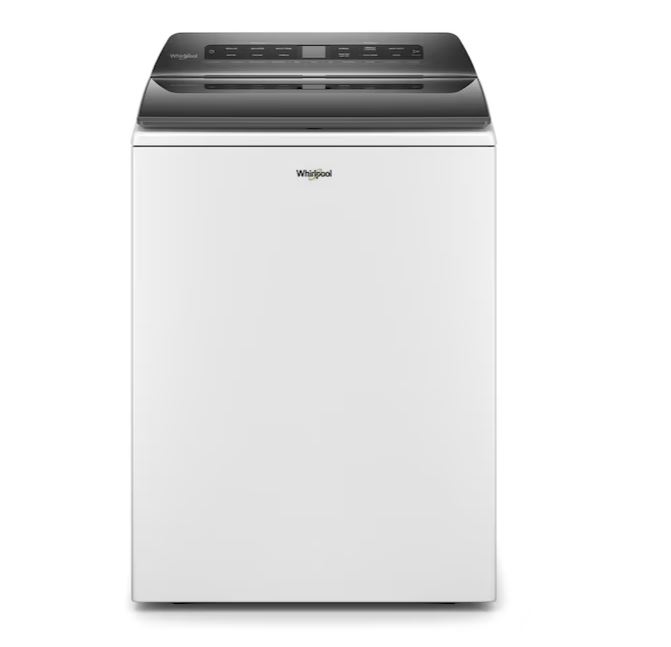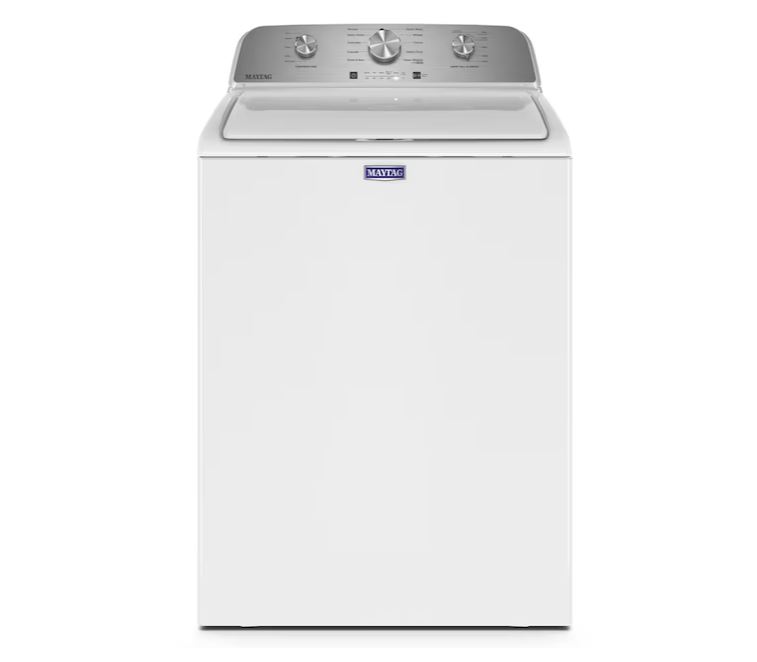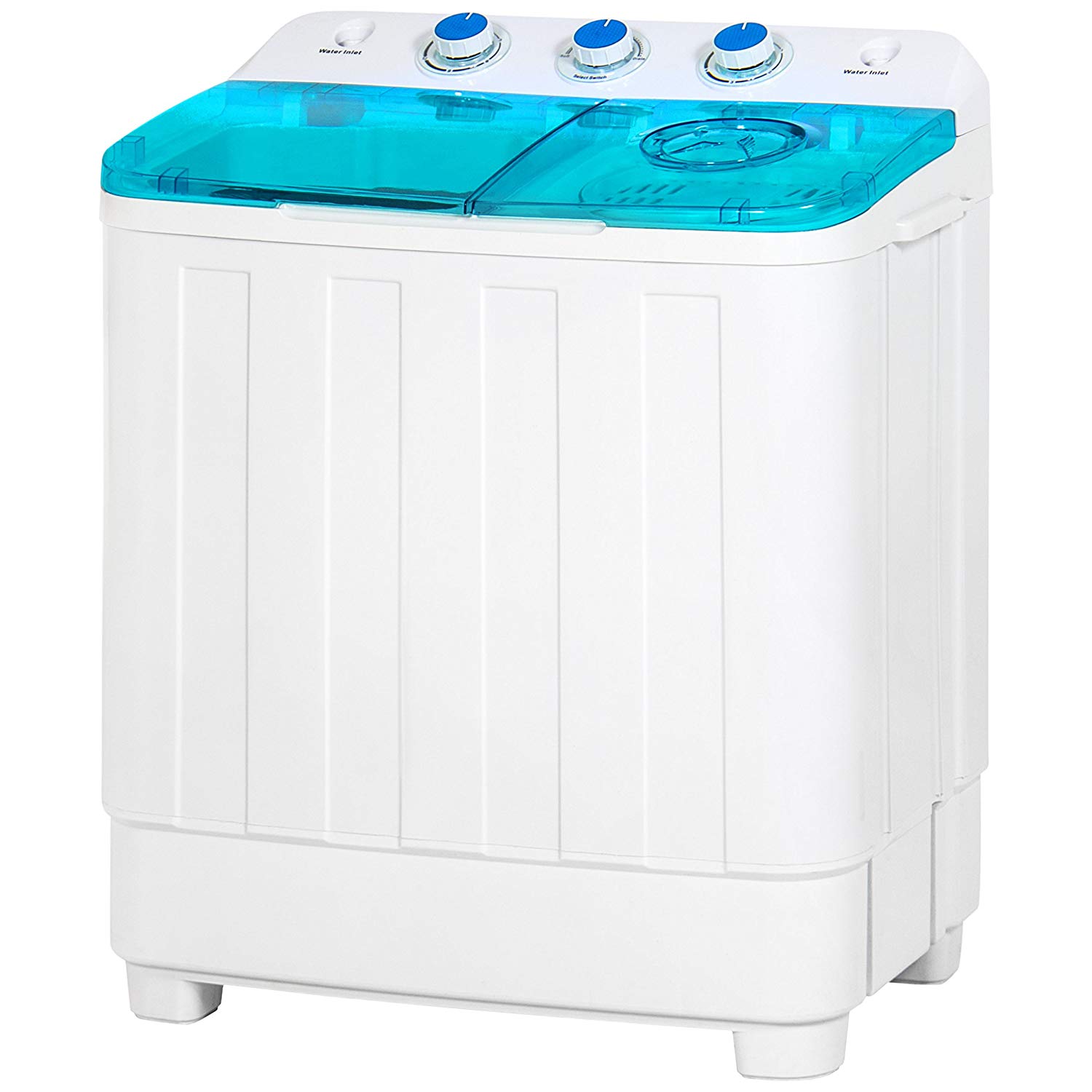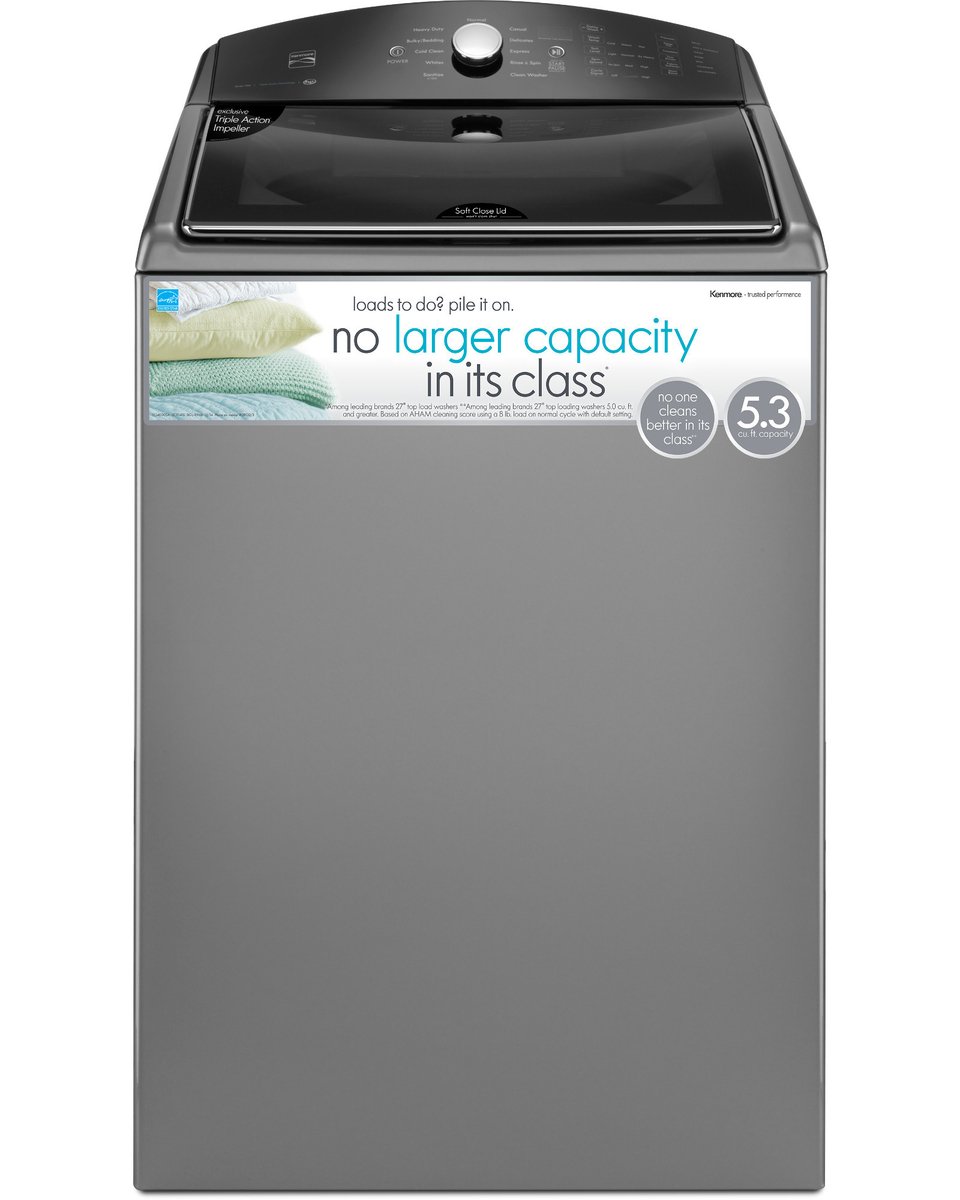Kenmore 2622352 Top Load Washer 4.2 Cu Ft
Last updated: April 21, 2023
Kenmore's 4.2 Cu. Ft. Top Load Washer is a budget unit that's easy to control. It has a classic look that can fit into almost any room, and it's relatively gentle on clothes, despite the use of a central agitator. It has useful functions such as a deep-fill option and an extra rinse cycle.
We looked at the top Top Load Washers and dug through the reviews from some of the most popular review sites. Through this analysis, we've determined the best Top Load Washer you should buy.
Product Details
In our analysis of 26 expert reviews, the Kenmore 4.2 Cu. Ft. Top Load Washer placed 11th when we looked at the top 13 products in the category. For the full ranking, see below.From The Manufacturer
Item includes room of choice delivery, unboxing, item hook-up and free optional haul-away at checkout. With a 4.2 cu. ft. capacity, this washer can clean up to 19 towels in a single load. A total of 12 wash cycles give you the right kind of cleaning for each load. Express Wash gets a small load of laundry done in a fraction of the regular time. Select soil level, wash temp, water level and rinse options to further customize each load, from tough denim to delicate work shirts. Fabric softener dispenser. Item dimensions are length 28.0 by width 27.5 by height 37.0 inches. Measure the available space to ensure the item will fit.
Our Expert Consultant

Home Improvement Expert
Vicki Liston writes, produces, and narrates “On The Fly…DIY,” an award-winning home improvement and DIY show of unique project tutorials for the casual DIY’er.
Home improvement and all things DIY have been Liston’s passion since she bought her first house in 2007 and she started making video blogs in 2014. She’s performed hundreds of DIY projects, from small ones to major, wall-smashing renovations and can teach you how to make a trendy DIY barn door for cheap. The proceeds earned from “On The Fly…DIY” are donated to no-kill animal shelters and rescue organizations.
